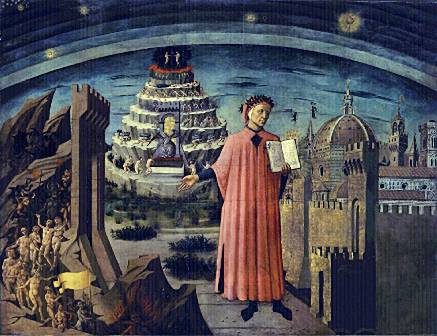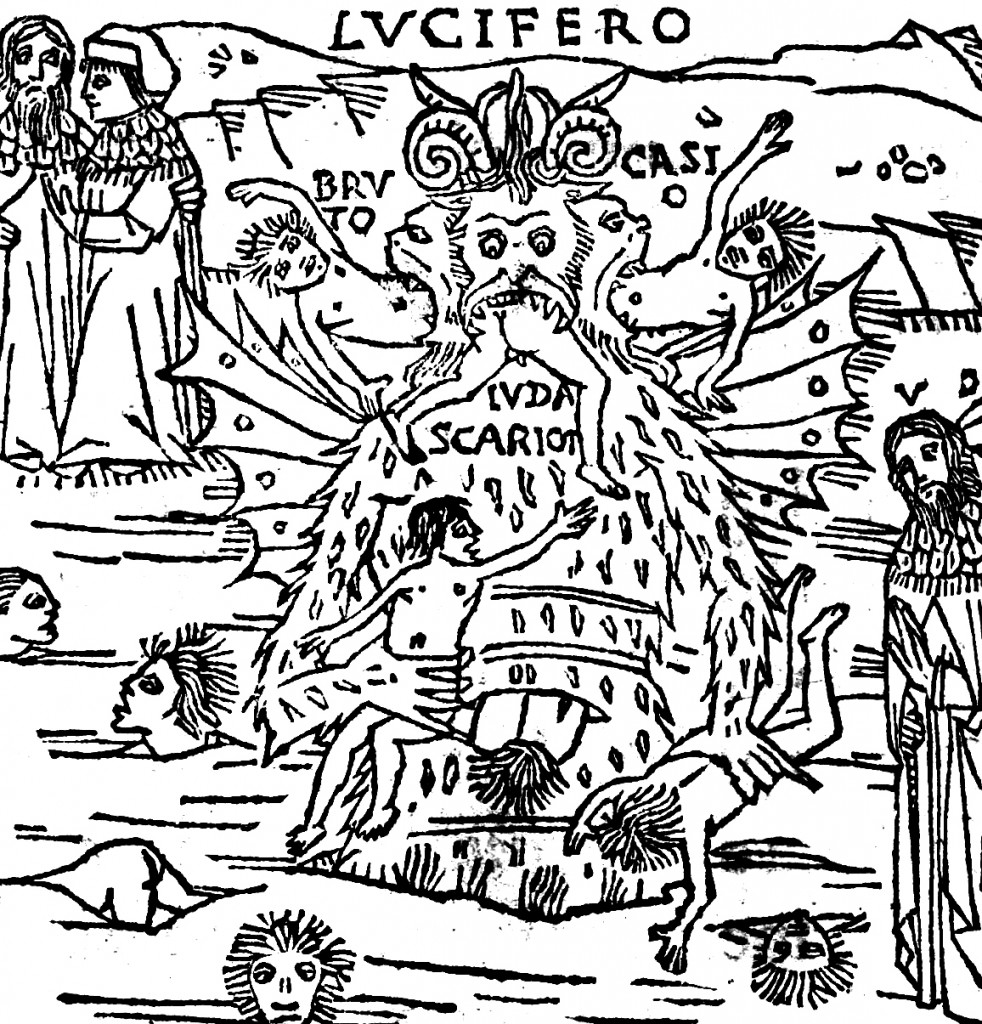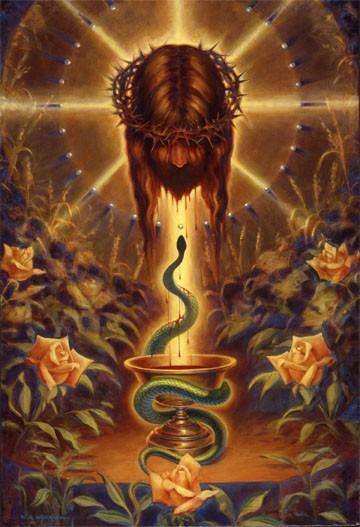Dante, the Italian poet of the Middle Ages tells us the story of shining-eyed St Lucy in his allegorical description of sin in a  Divine Comedy. While Dante is a asleep, he dreams that he is in Troy when an eagle with golden feathers swoops down snatching him up as far as the fire, where he begins to burn.
Divine Comedy. While Dante is a asleep, he dreams that he is in Troy when an eagle with golden feathers swoops down snatching him up as far as the fire, where he begins to burn.
As he was still sleeping, a character described as a “shining-eyed St Lucy” picks him up from the Valley.
Upon Dante’s awakening, Virgil explains that while he was asleep, Lucy had borne him from the Valley of the Princes to the steps of the Gate of Purgatory. The eagle tells Dante that God’s justice is not man’s and the damnation of those who never heard of Christ is just, the princes of the world though professed believers, may well be damned. Dante tells us Jupiter is where rulers eminent for justice are disposed in the shape of an eagle representing earth’s noblest kings and potentates. The eagle then takes him as far as the fire.
The eagle since ancient times has been a symbol of the planet Jupiter.
The eagle with golden feathers swooping down to snatch up Dante, seems to be like the angels ascending down the ladder from heaven to earth in the story of Jacob’s Ladder, and what Homer had described as Jupiter’s chain. If the eagle is an angel or spirit representing the planet Jupiter, then this fire Dante sees or feels must come from or be in the realm of this giant gas planet, which then leads us to the shining-eyed St Lucy whom Dante may have regarded as a kind of patron saint (Inf. 2. 98). Dante also mentions Lucia in Inferno Canto II, as the messenger “of all cruelty the foe” sent to Beatrice from “The blessed Dame” (Divine Mercy), to rouse Beatrice to send Virgil to Dante’s aid. Lucy in Relation to Dante is described by Virgil, as the one who has borne him from the Valley of the Princes to the steps of the Gate of Purgatory.
The key words above are fire, St Lucy and purgatory. Lucy is very similar to “Lucifer” which is just Latin for the Greek Φωσφόρος Phōsphoros, or Phosphorus, a name meaning “Light-Bringer.” Lucy’s Latin name Lucia shares a root (luc-) with the Latin word for light, lux. Phosphorus is commonly found in inorganic phosphate rocks and phosphate is the body’s source of chemical energy. The phosphorus atom is of the nitrogen family, but having that characteristic of firing. The planet Venus is normally associated with the morning star, but there is another morning star, and that planet is Jupiter. This largest planet in our solar system also contains the chemical element known as Lucifer or Phosphorus.
Saint Lucy is commemorated in the ancient Roman Martyrology as one of the seven women, apart from the Blessed Virgin Mary, commemorated by name in the Canon of the Mass. By the 6th century, her story was so sufficiently widespread, that she appears in the Sacramentary of Pope Gregory I. St. Aldhelm (English, died in 709), and later the Venerable Bede (English, died in 735) attest that her popularity had already spread to England, where her festival was kept in England till the Protestant Reformation, as a holy day of the second rank, in which no work but tillage or the like was allowed. (Wikipedia)

Moe is the founder of GnosticWarrior.com. He is a father, husband, author, martial arts black belt, and an expert in Gnosticism, the occult, and esotericism.



![How the South Saxons received Eadbert and Eolla, and the West Saxons, Daniel and Aldhelm, for their bishops; and of the writings of the same Aldhelm [705 A.D.] | Book 5 | Chapter 17 How the South Saxons received Eadbert and Eolla, and the West Saxons, Daniel and Aldhelm, for their bishops; and of the writings of the same Aldhelm [705 A.D.] | Book 5 | Chapter 17](https://www.gnosticwarrior.com/wp-content/plugins/contextual-related-posts/default.png)

I’ve always wondered of Peter represented Jupiter. The “Jew Peter”.
I would have to say you may be right here hipmonkey. Think about this, how was St Peter crucified? Yahweh who is Jupiter and was Elohim was the God of the Old Testament. In the New Testament it is St Peter who is crucified upside down.
I’m confused … I’ve heard the Jewish planetary deity identified as Jupiter, the Moon, and Saturn. Which is it?
To be honest, I have found no evidence to prove that the Moon or Saturn was venerated by the Sumerians, Hittites and Isrealites. It has always been Jupiter. If you can find research proving the Moon and Saturn were main Planetary Deities, please show me because I would like to see it.